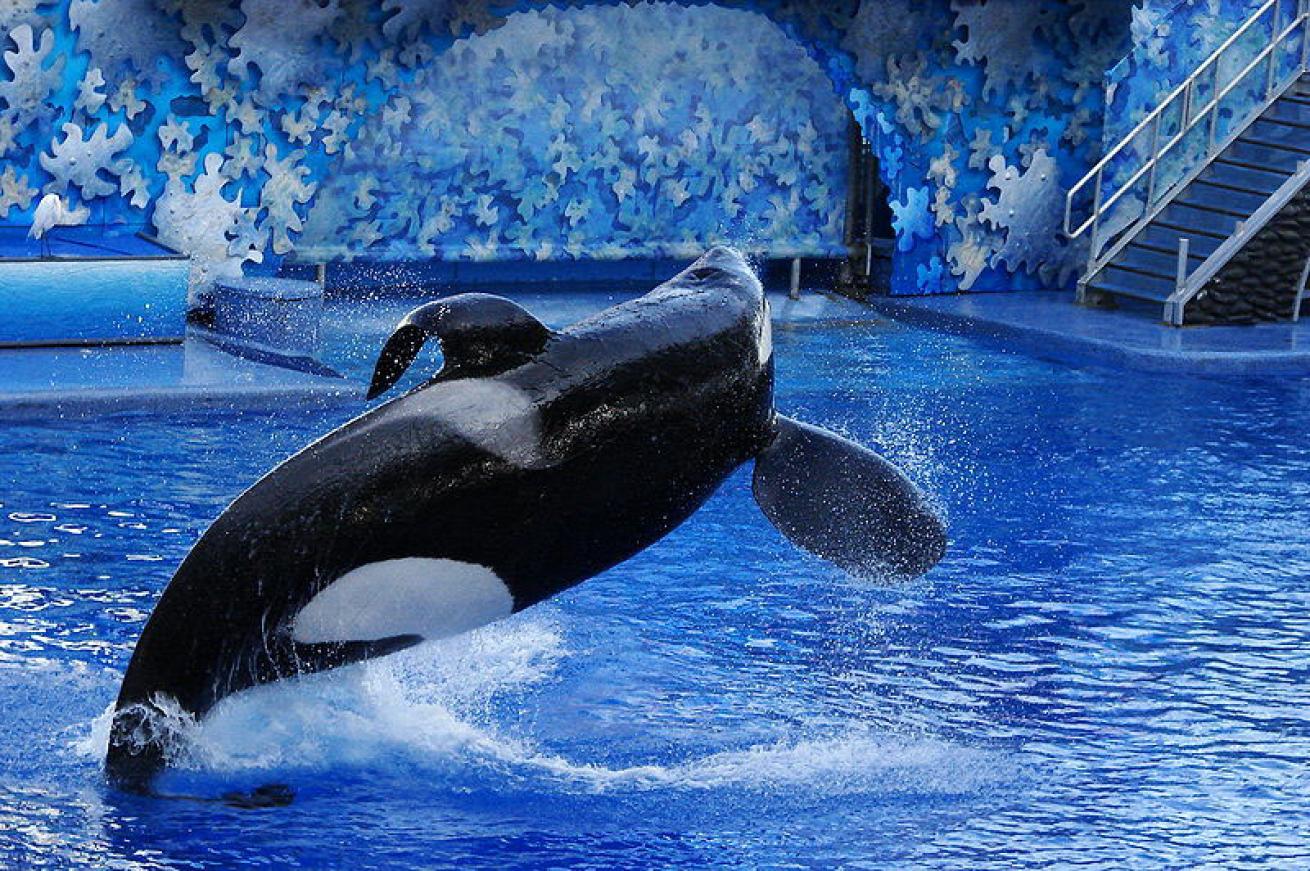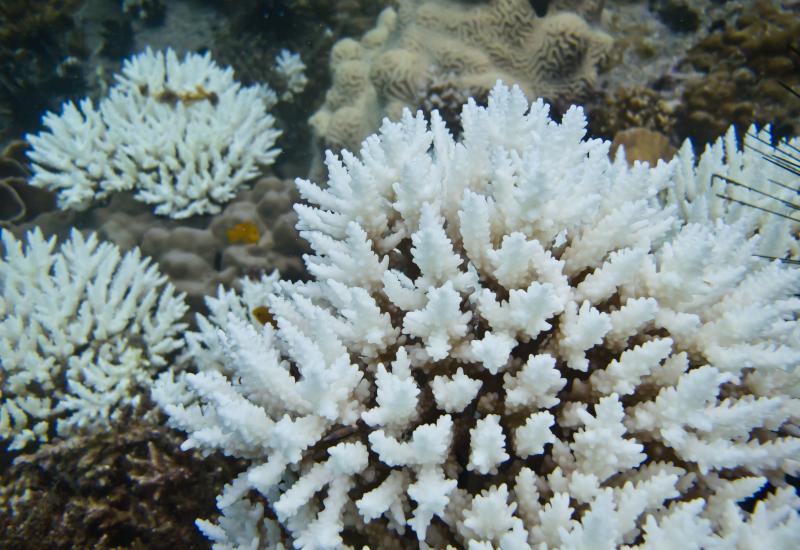"Blackfish": Driven to Murder?

Tilkum, SeaWorld killer whale
Tilkum, SeaWorld killer whale
David R. Tribble/Çreative Commons
On February 24, 2010, SeaWorld animal trainer Dawn Brancheau accidentally brushed her ponytail against the nose of a male killer whale named Tilikum during a routine performance at the Orlando theme park. Without warning, the 12,000-pound mammal — the largest of its species living in captivity — grabbed 40-year-old Brancheau by her hair and dove to the bottom of the pool, drowning her. In the storm of controversy that followed — including questions about SeaWorld's version of events, such as the now-famous ponytail anecdote — SeaWorld received harsh criticism from animal conservation groups and a $75,000 fine from the Occupational Safety and Health Administration (OSHA) for trainer safety violations. Shockingly, it wasn’t the first time Tilikum had been involved in the loss of a human life, having been implicated previously in the deaths of a trainer in British Columbia in 1991 and a homeless man who snuck into his SeaWorld pool after hours in 1999.
Three years later, a new documentary film explores the legacy of killer whale captivity that ultimately led to Brancheau’s death. In Blackfish, which premiered at the Sundance Film Festival in January and was released nationally in theaters on July 19, director-producer Gabriela Cowperthwaite tells Tilikum’s story, from his capture as a juvenile in Iceland to his adolescence in an over-crowded and too-small habitat in Canada and his infamous career at SeaWorld. Emotionally charged interviews with marine biologists, animal rights activists, fellow trainers and other experts, combined with archival and sometimes shocking footage, attempt to solve a singular mystery.
“Why would a highly intelligent animal attack its trainer — in effect, bite the hand that feeds it?” Cowperthwaite said in a press release. “I set out to understand this incident not as an activist, but as a mother who had just taken her kids to SeaWorld and as a documentary filmmaker who can’t let sleeping dogs lie.”
The captivity of killer whales has long been a controversial subject in the dive community. While some believe in the educational benefit of showcasing these animals to millions of people as a way to encourage a sense of stewardship, others count the cost of incarcerating an intelligent marine mammal too high to justify — to the animals and to the human beings who care for them. Blackfish searches for an answer.
For more on the documentary, go to blackfishmovie.com.
Five Facts About Orcas
* Killer whales are the largest of the dolphin family
* A an orca tooth can grow up to four inches long
* The species lives in familial pods that can reach as many as 40 individuals
* Orca hunt cooperatively; their behavior has been compared to wolf packs
* Killer whale mothers endure a 17-month gestation period and give birth every three to 10 years

David R. Tribble/Çreative CommonsTilkum, SeaWorld killer whale
On February 24, 2010, SeaWorld animal trainer Dawn Brancheau accidentally brushed her ponytail against the nose of a male killer whale named Tilikum during a routine performance at the Orlando theme park. Without warning, the 12,000-pound mammal — the largest of its species living in captivity — grabbed 40-year-old Brancheau by her hair and dove to the bottom of the pool, drowning her. In the storm of controversy that followed — including questions about SeaWorld's version of events, such as the now-famous ponytail anecdote — SeaWorld received harsh criticism from animal conservation groups and a $75,000 fine from the Occupational Safety and Health Administration (OSHA) for trainer safety violations. Shockingly, it wasn’t the first time Tilikum had been involved in the loss of a human life, having been implicated previously in the deaths of a trainer in British Columbia in 1991 and a homeless man who snuck into his SeaWorld pool after hours in 1999.
Three years later, a new documentary film explores the legacy of killer whale captivity that ultimately led to Brancheau’s death. In Blackfish, which premiered at the Sundance Film Festival in January and was released nationally in theaters on July 19, director-producer Gabriela Cowperthwaite tells Tilikum’s story, from his capture as a juvenile in Iceland to his adolescence in an over-crowded and too-small habitat in Canada and his infamous career at SeaWorld. Emotionally charged interviews with marine biologists, animal rights activists, fellow trainers and other experts, combined with archival and sometimes shocking footage, attempt to solve a singular mystery.
“Why would a highly intelligent animal attack its trainer — in effect, bite the hand that feeds it?” Cowperthwaite said in a press release. “I set out to understand this incident not as an activist, but as a mother who had just taken her kids to SeaWorld and as a documentary filmmaker who can’t let sleeping dogs lie.”
The captivity of killer whales has long been a controversial subject in the dive community. While some believe in the educational benefit of showcasing these animals to millions of people as a way to encourage a sense of stewardship, others count the cost of incarcerating an intelligent marine mammal too high to justify — to the animals and to the human beings who care for them. Blackfish searches for an answer.
For more on the documentary, go to blackfishmovie.com.
Five Facts About Orcas
* Killer whales are the largest of the dolphin family
* A an orca tooth can grow up to four inches long
* The species lives in familial pods that can reach as many as 40 individuals
* Orca hunt cooperatively; their behavior has been compared to wolf packs
* Killer whale mothers endure a 17-month gestation period and give birth every three to 10 years










